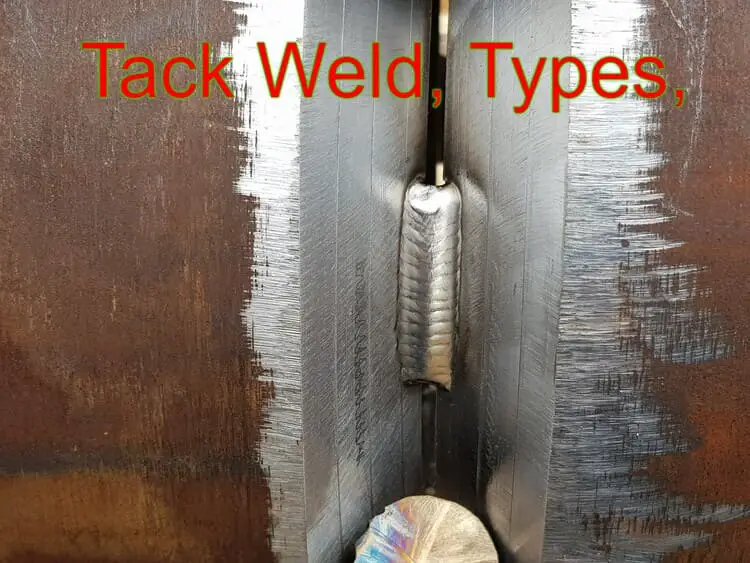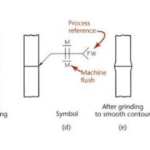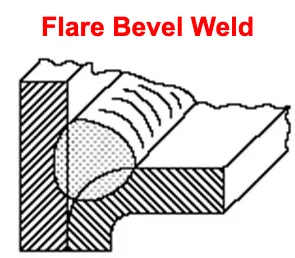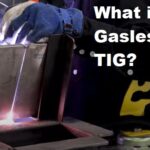What is a Weld Pool in Welding?
In the field of welding, a weld pool refers to a localized volume of molten metal that forms during the welding process before solidifying into weld metal.
This molten pool plays a crucial role in creating a strong joint between the workpieces being welded. The characteristics of the weld pool, such as its size and shape, are influenced by several factors that need to be carefully controlled.
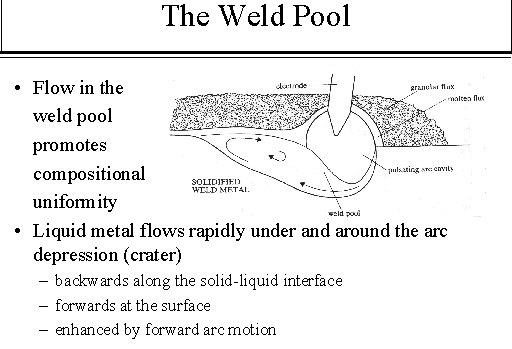
Factors Affecting Weld Pool Size and Shape
Several factors impact the size and shape of the weld pool. These include the:
- welding current,
- type and position of the electrode,
- flow rate and composition of shielding gas, and the
- properties of the workpiece material.
By understanding and controlling these factors, welders can ensure optimal weld pool formation and achieve high-quality welds.
For example, when welding thick materials, the weld pool may be several inches deep as more heat is required to melt and fuse the thicker metal sections.
On the other hand, when working with thin materials or using small-diameter electrodes, shallow weld pools are common due to the lower heat input.
Controlling the Weld Pool
To produce high-quality welds with minimal defects, it is essential to have control over the weld pool.
This can be achieved by carefully adjusting various welding parameters, including the welding current, electrode type and position, shielding gas flow rate and composition, and the characteristics of the workpiece material.
By selecting the appropriate parameters and making precise adjustments, welders can effectively control the size, shape, and depth of the weld pool.
This control helps prevent issues such as excessive heat damage to the workpiece or insufficient penetration, ensuring a strong and reliable weld joint.
Preheating and Weld Pool Depth
In certain cases, preheating the workpiece before welding can be beneficial in controlling the depth of the weld pool.
Preheating involves raising the temperature of the workpiece prior to welding, which helps regulate the heat input during the welding process.
This technique can be particularly useful when working with materials that are prone to cracking or when dealing with thick sections that require careful control of the weld pool’s depth.
Temperature of the Weld Pool
The temperature of the weld pool can vary depending on the specific welding parameters employed.
Generally, higher welding currents result in hotter weld pools. The temperature of the weld pool plays a critical role in achieving proper fusion and ensuring the desired mechanical properties of the weld.
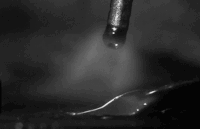
In general, the temperature of the weld pool is estimated to be around 5,000 to 6,000 degrees Fahrenheit (2,760 to 3,315 degrees Celsius) for most welding processes, such as shielded metal arc welding (SMAW) or gas metal arc welding (GMAW).
Welding processes that utilize higher energy sources, such as plasma arc welding or laser welding, can result in even higher temperatures in the weld pool. These processes can generate temperatures exceeding 10,000 degrees Fahrenheit (5,537 degrees Celsius) or more.
Conclusion
In summary, the weld pool is a vital element in the welding process, representing the localized volume of molten metal that solidifies to form a strong joint.
By carefully controlling various welding parameters and understanding the impact of factors like welding current, electrode type, shielding gas, and workpiece material, welders can manipulate the size, shape, and depth of the weld pool to produce high-quality welds with optimal strength and integrity.
Preheating the workpiece can also be employed when necessary to control the weld pool’s depth and prevent defects.




